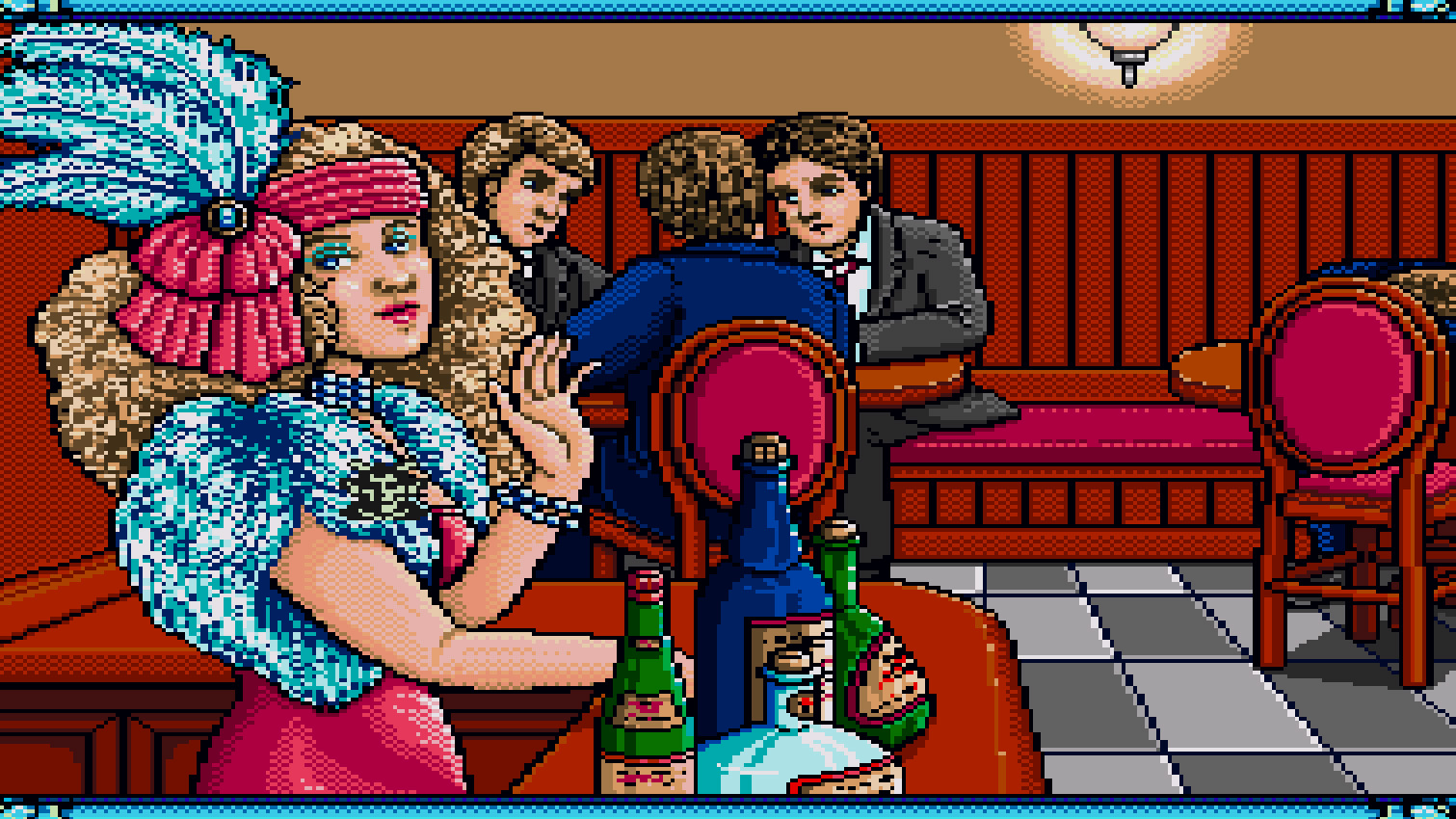Pasokon Retro is our regular look back at the early years of Japanese PC gaming, encompassing everything from specialist '80s computers to the happy days of Windows XP. I've been spoiled. The modern RPGs I spend my time with are filled with waypoints, automaps, and quest markers, all designed to keep me on task and pushing forward.
The old ones I choose to play today are rarely more than a decent emulator away from having instant-access save states and handy turbo features on tap, able to compress all that grinding and walking around into easily digested chunks. And why shouldn't I use these features if they're available? Why spend hours walking in circles when typing " [Game Name] maps " into a search engine can show me where I need to go in an instant? Why jot down my own notes when the internet's filled with FAQs and videos? Because I've taken it too far. The intent of these modern tools is to be helpful, flexible, convenient.

But all too often the reality is I end up thoughtlessly sanding games down into smooth, efficient, samey experiences. I don't invest myself as fully as these games deserve. And when that happens, I miss out on the chance to make an adventure of my own, to take my route through a game and come away from a game with a personal story to tell instead of a tidy checklist of completed tasks, the same as everyone else's.
So I'm going to fix that—for one game, at least. I'm going to play Laplace no Ma, a brilliantly unsettling 1920s-themed dungeon crawler .
















